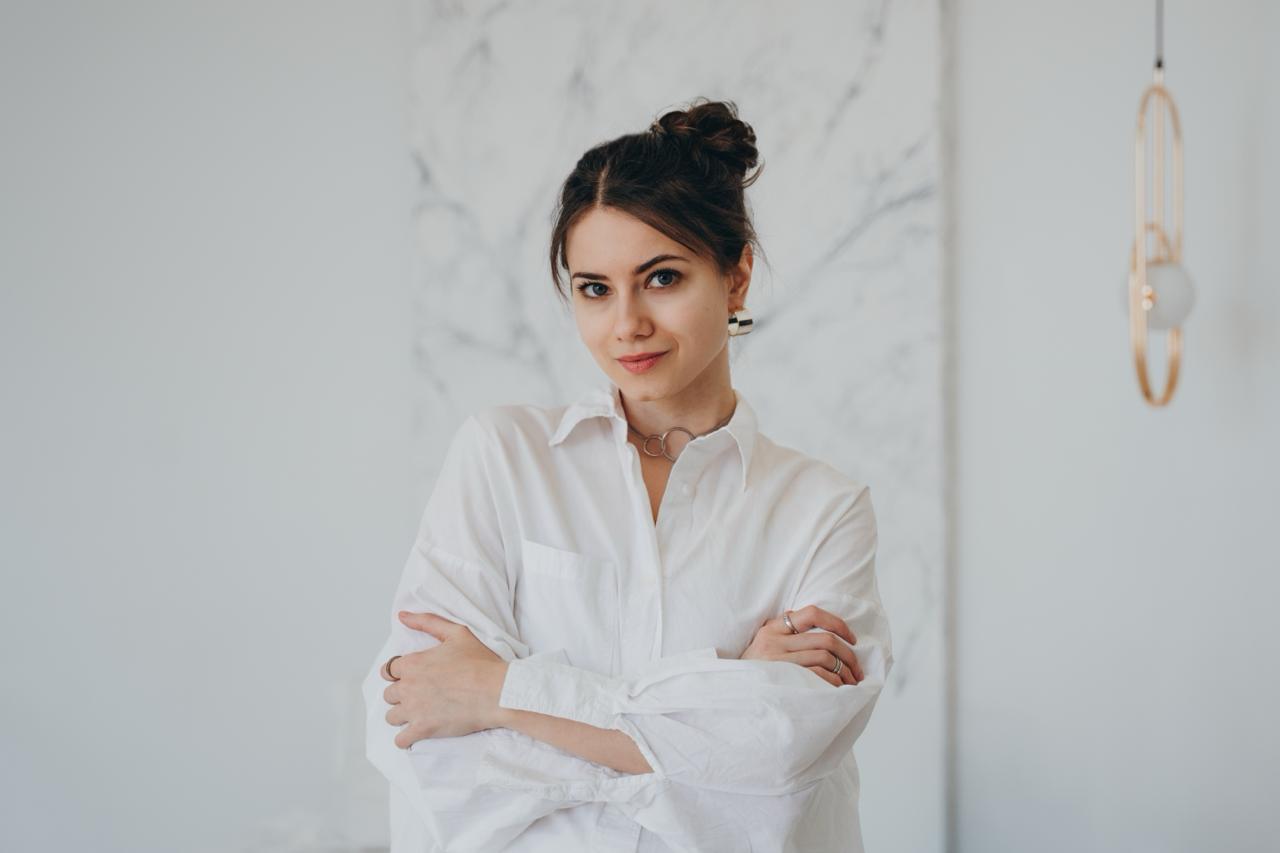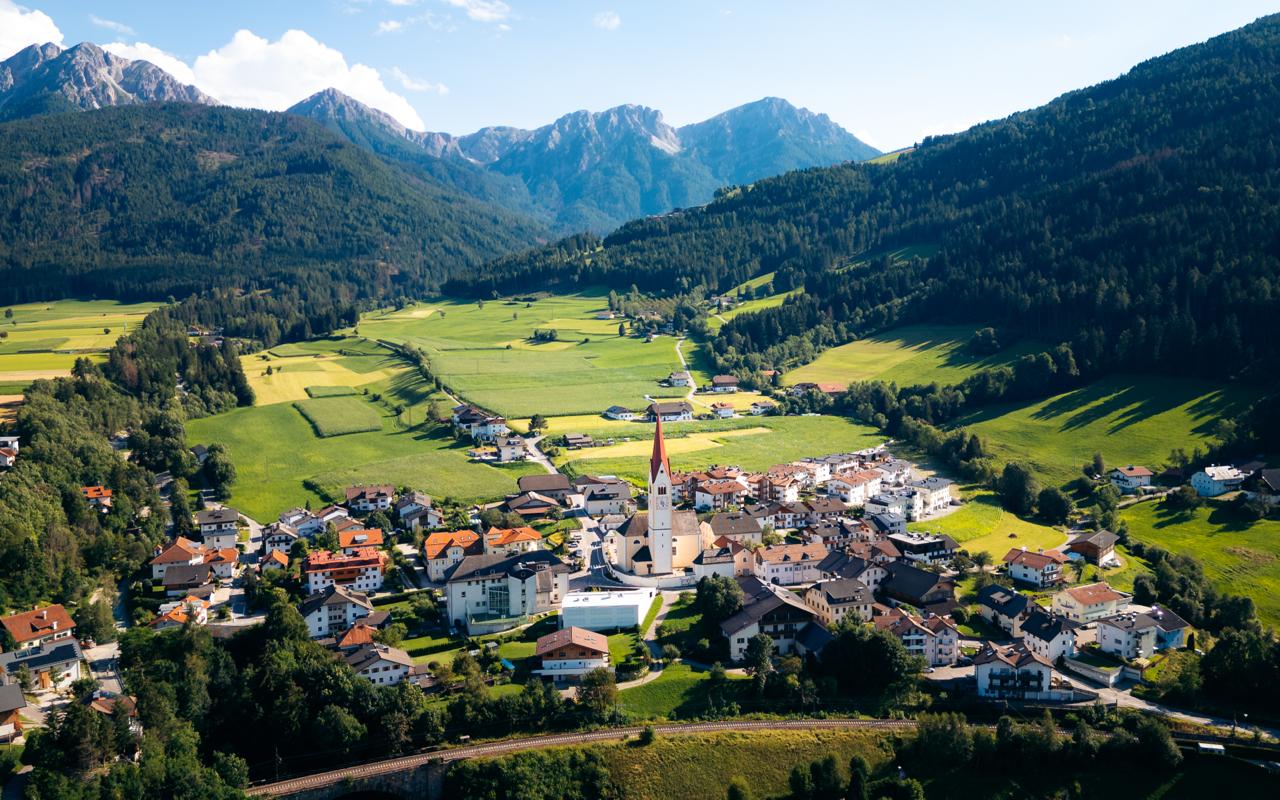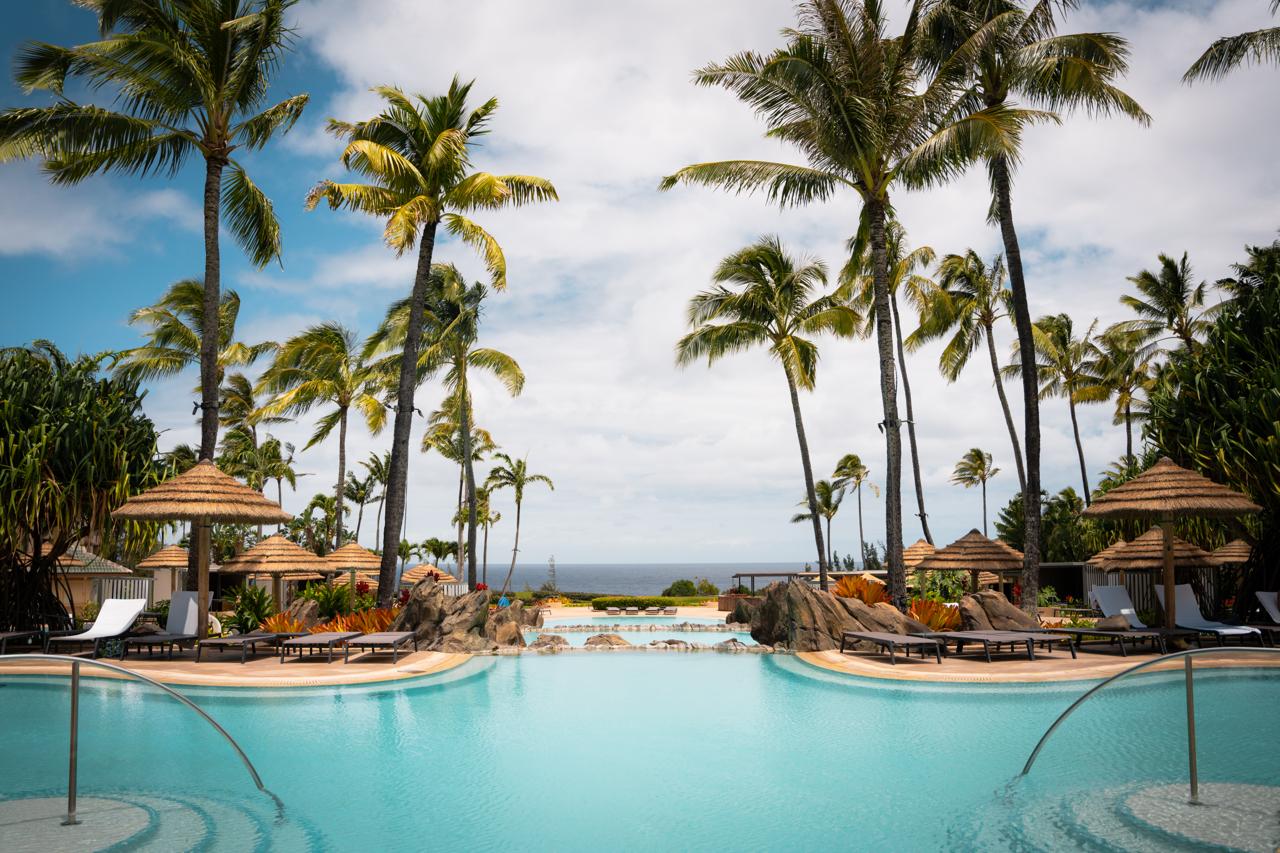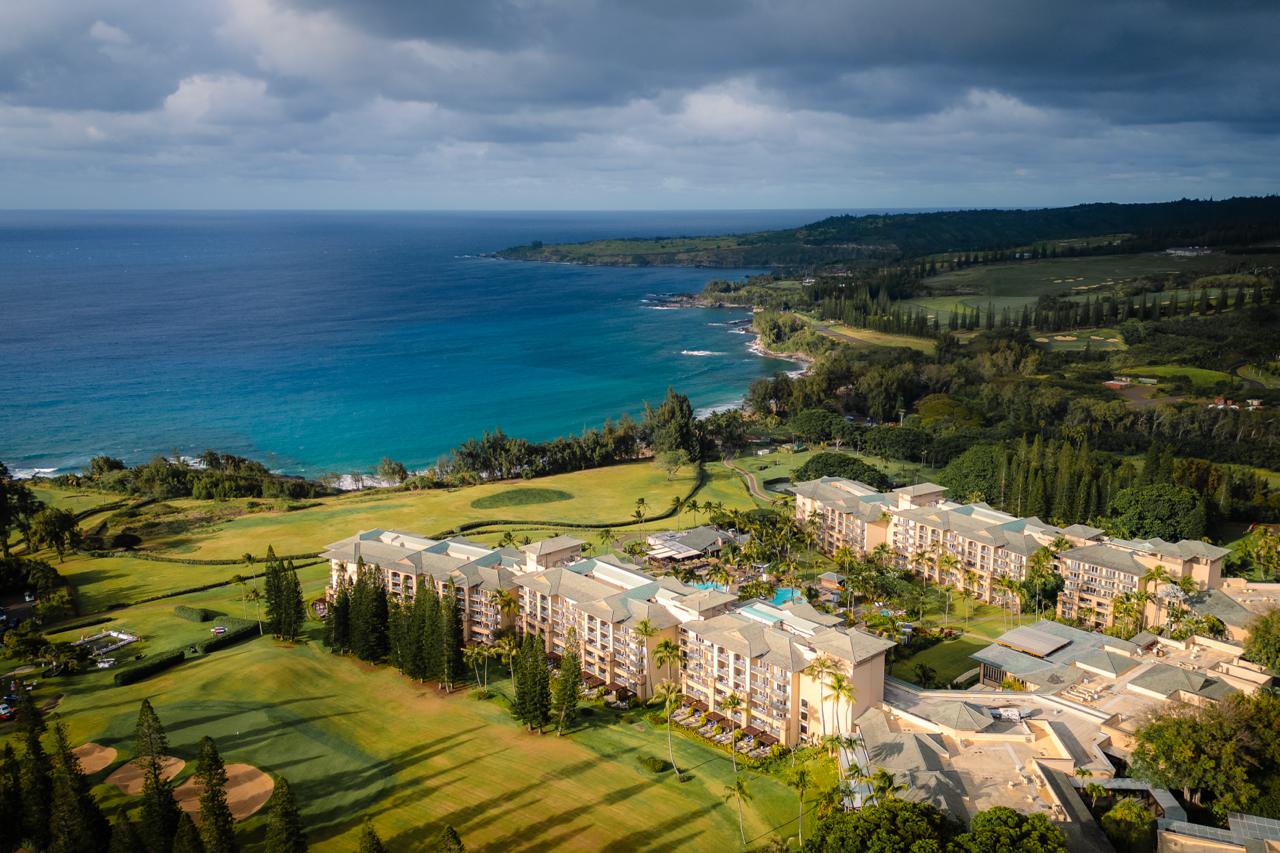F L A U N T


A converrsation with the travel photographer and content creator whose visuals for clients like the Four Seasons and Hilton Hotel Group reach millions online about why authentic storytelling is reshaping the future of travel marketing
In 2025, brands are shifting toward creator-driven strategies: over 50 % of companies plan to significantly increase their influencer marketing budgets, favoring long-term, storytelling-rich collaborations over one-off posts. This shift signals that authentic, creator-led content is no longer a luxury; contrary, it has become central to modern marketing.
While someone wastes resources on glossy, forgettable campaigns, Elina Kazankova already knows that authentic, creator-led storytelling is what actually drives engagement. A professional photographer and content creator, she has partnered with luxury giants like Four Seasons, Ritz-Carlton, Hyatt, Hilton, and Marriott, as well as lifestyle names including Maker’s Mark, American Eagle, HoverAir, and Cozy Earth. Her content regularly goes viral, peaking at 3.1 million views, and her 2024 project with The Ritz-Carlton Maui Kapalua supported the island’s tourism recovery after the devastating wildfires.
In this conversation, we’ll explore why the future of travel marketing belongs to storytellers like Elina, how her solo-creator model, emotional imagery, and authentic storytelling help brands connect with modern travelers hungry for honesty, resonance, and inspiration.

Elina, industry reports show brands are pouring money into creator partnerships, but many still fail to generate lasting impact, unlike you. From your perspective, what separates authentic storytelling from yet another campaign that just disappears in the feed?
For me it’s simple. If it looks like an ad, people scroll. If it feels like a real story, they stop. Audiences want to see moments they can imagine themselves in, not staged perfection.
That’s the approach I used at The Ritz-Carlton Maui Kapalua after the wildfires. I wasn’t just showing a luxury resort; I was sharing the feeling of a place reopening and welcoming guests again. That’s why the campaign worked — it felt human, not promotional.
Authentic storytelling is about showing truth with care. When you do that, people connect, and brands see real results.
In your campaign for The Ritz-Carlton Maui Kapalua you had just three days, rainy weather, and even had to secure drone permissions, yet the content reached over 125,000 views and helped restore interest in Maui after the wildfires. How did you manage to pull it off under those conditions?
It was definitely one of the toughest projects I’ve done, but also one of the most rewarding. The weather didn’t cooperate. We had hours of rain and only short windows of clear skies, so I had to be very strategic. I would wake up before sunrise, scout the light, and be ready to shoot at a moment’s notice. At the same time, I had to arrange drone permissions online and make sure I could film without disturbing other guests.
Because I was handling everything myself, from drone work to editing and posting, I could adapt quickly when plans changed. And I think that urgency actually gave the content more energy. It wasn’t just a polished resort video; it felt alive, like you were really there with me. That honesty connected with people, and that’s why the campaign reached far beyond expectations.
That sounds like an enormous amount of responsibility for one person. Do you usually prefer to work independently rather than with a large production team?
Yes, very much so. Working solo lets me stay flexible and keep the storytelling consistent. When there are too many layers, the message often gets diluted. For me, it’s important that the visuals, the tone, even the captions all come from one perspective — it makes the story more personal and direct.
You’ve worked with Four Seasons, Hyatt, Hilton, Marriott, and lifestyle brands like Maker’s Mark, American Eagle, HoverAir, Cozy Earth, and more. With so many high-profile names, what do you think makes brands keep coming back to you?
I think it comes down to trust. These brands know that when they work with me, they’re not just getting pretty pictures — they’re getting a complete story. I shoot the visuals, capture drone footage, edit everything myself, and even write the captions in my own voice. That way, the campaign feels consistent from start to finish.
For big brands, that’s valuable because it saves them from needing to manage multiple people, and for my audience, it feels personal rather than corporate. When viewers sense that everything comes from one perspective, they engage more. That mix of professional quality and personal touch is what keeps brands coming back, and often recommending me to others.

And on the audience side, do you notice a difference in how people react to campaigns when the story feels personal?
Absolutely. People don’t just want to see a polished hotel room or a product photo — they want to imagine themselves in that moment. When I share from my own perspective, like tasting a signature dish at a Michelin-starred restaurant inside the hotel or joining a motorbike tour through Lisbon organized by the Four Seasons, it feels relatable. It’s not just about staying in a room. It’s about turning the stay into a mini-vacation filled with unique experiences. That’s where engagement really comes from.
Your content often goes viral. Some videos, reaching up to 3.1 million views, which is huge compared to your following of around 30,000 across Instagram and TikTok. What do you think makes your posts connect so strongly?
For me, it’s always about perspective. I film and share in a way that makes people feel they’re right there with me, walking through a hotel lobby or enjoying a spa experience, or having breakfast on a balcony with a view. That point-of-view style is very different from traditional ads, which often feel distant.
I also make a conscious choice not to oversell. Instead of saying “book this now,” I often share personal stories or moments that really happened to me there. These authentic details make the content more engaging. When you combine that authenticity with high-quality visuals, people don’t just watch. They share it. And that’s how a post can suddenly reach millions, even when your follower base is much smaller.
Going viral is every brand’s dream, but not every business has the budget of a Ritz-Carlton or a Four Seasons. Do you think smaller companies can apply the same approach and still see results?
Definitely. It’s not about having the biggest budget; it’s about knowing how to tell a story that feels genuine. Smaller brands often have an advantage because they can be more personal. You don’t need a huge production. Sometimes just a well-shot video with a clear emotional angle is enough to get attention.
I’ve seen small businesses do really well when they focus on what makes them unique and communicate that in a relatable way. Consistency is more important than perfection. If you keep showing up with authentic content, people will notice, and growth will come.
You’ve collaborated with some of the world’s most prestigious hotel groups and lifestyle brands, but what advice would you give to a boutique hotel or a family-run company that wants to boost visibility without those resources?
My advice is to start small but stay real. Show the people behind the brand, show the atmosphere, the details that guests or customers will remember. It could be the way the morning light falls in a room, or the story of the family that built the business. Those kinds of moments create emotional attachment, and that’s what marketing is really about.
If you can’t hire a creator full-time, collaborate for a few targeted campaigns and then reuse that content across channels. The key is to focus less on selling and more on making people feel like they’re already part of your story.

That brings us to the bigger picture. You’re working at the intersection of travel, lifestyle, and digital storytelling, where do you think marketing in these industries is heading next?
I see it moving even further toward creators who can combine high production value with a personal touch. Short-form video will keep dominating, but it won’t just be about trends — it will be about creating experiences that people believe in.
Travelers especially want to see honesty. They want to know what it’s really like to stay somewhere, not just the glossy brochure version. Brands that embrace that kind of transparency will win. I also think more brands will look for long-term partnerships with creators, rather than one-off posts, because that builds real connection and loyalty.
So, to sum up: for you, the future of travel marketing belongs to storytellers?
Yes, absolutely. Tools and platforms will change, but the need for a story people can trust won’t. At the end of the day, storytelling is what makes us choose one destination, one brand, one product over another. And that’s why creators who can capture and share those stories in an authentic way will stay at the heart of marketing in the years ahead.
Elina, you create so much content for others, and out of curiousity, what kind of content do you enjoy watching yourself when you’re not working?
I actually love travel and lifestyle content from other creators. When I’m not creating content myself, I like to follow people who are behind large-scale projects and have achieved significant success in the industry. I’m especially inspired by professionals in travel photography and videography — their level of skill motivates me to keep moving forward and continue improving my own craft.
Published 10/06/2025